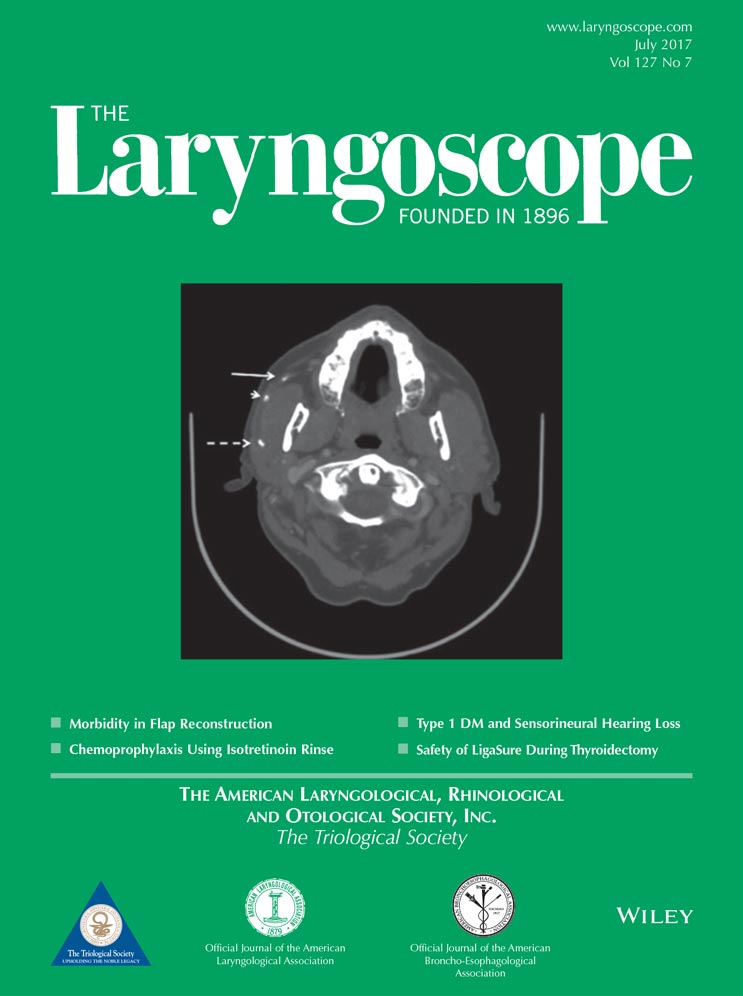3D analysis of the movements of the laryngeal cartilages during singing
This study was financially supported by the Goldschmidt-Jacobson Foundation and the Gottfried Bangerter–Rhyner Foundation. The authors have no other funding, financial relationships, or conflicts of interest to disclose.
Abstract
Objective
The vocal range of untrained singers rarely exceeds one and a half octaves, but professional singers have a range of at least two and a half octaves. The aim of this study was to better understand the muscle and cartilage movements responsible for the control of vocal pitch in singing.
Study Design
Prospective study.
Methods
We recruited 49 female professional singers (25 sopranos and 24 altos) and analyzed laryngeal three-dimensional images derived from high-resolution computed tomography scans obtained at the mean speaking fundamental frequency (F0) and at one (F1) and two octaves (F2) above this pitch.
Results
From F0 to F1, the only observable movement was a backward cricoid tilting caused by the cricothyroid muscles (CTMs), leading to vocal fold stretching. Above F1, a medial rotation and inward rocking of the arytenoid cartilages was observed, caused by the lateral cricothyroid muscles (LCAMs) and leading to inferior displacement of the vocal process of the arytenoid cartilage, and thus to further vocal fold stretching.
Conclusion
Trained singers achieve the first octave of pitch elevation by simple cricothyroid approximation. Further pitch elevation necessitates a complex movement of the arytenoids, first by CTM contraction and second by LCAM contraction.
Level of Evidence
4. Laryngoscope, 127:1639–1643, 2017




